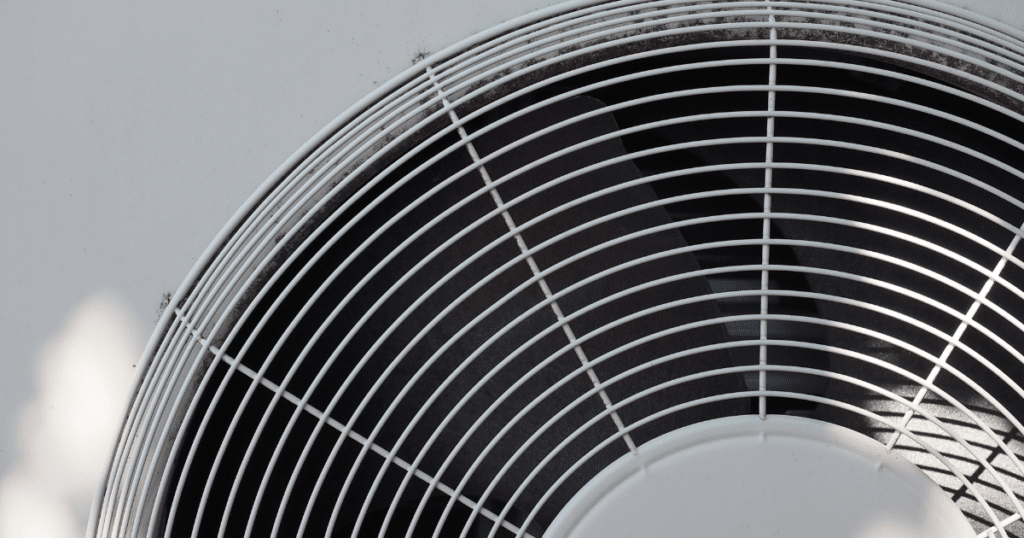Mold can be terrible, especially when an HVAC system is prone to mold. But don’t worry! You can avoid and deal with mold in your HVAC system.
Mold And Moisture
There are many reasons why an HVAC system is a perfect environment for mold to grow. The climate control system is damp, and mold is opportunistic and can grow on almost any damp or humid surface. It’s also often in a basement or crawl space, where moisture can collect. And if it’s not located in a basement or crawl space (like many attic units), it will still be enclosed in an area with little natural light and circulation.
Mold can also grow on your unit’s coils—the part responsible for cooling your home—and you may not even know it because there’s no visual indicator that anything is wrong until you start smelling musty smells coming from your air vents.
What Are the Signs of Mold Growth in Your HVAC System?
You might be wondering how you can tell if you have mold in your HVAC system. The answer is that it’s not always easy to find because mold spores are microscopic. However, the following signs may indicate that there is a problem with your heating and cooling equipment:
-
You see black or white spots on surfaces near the unit
-
There are small brownish-colored stains on your AC unit’s vents and fan blades
-
There is a foul odor coming from the vents
-
Your home feels humid even when it isn’t hot outside
While these are some signs of spotting mold, this list is not definitive. Mold comes in various forms, each with its own indicators, but most homes typically showcase these signs when dealing with mold growth.
How Do You Avoid or Manage Mold Growth in Your HVAC System?
The first step to preventing mold growth in your HVAC system is to ensure that it is clean and dry. This means inspecting the unit regularly and ensuring no leaks or gaps where water can collect. It also means cleaning out condensate pans or drain lines that may have accumulated dirt or debris. You should also check the coils regularly for clogs or other obstructions that could cause moisture buildup within the system.
Maintaining an HVAC system properly is essential for preventing mold growth as well. The filters should be changed regularly (depending on which ones you use), and you should always check for signs of damage during inspections, such as dented ductwork or loose connections between pieces of equipment like blowers/compressors and heat exchangers/cooling coils within refrigeration units (which could allow water vapor into places where it wouldn’t usually be).
You’ll also want to make sure your home has proper ventilation, so air doesn’t get trapped in closed-off rooms—this can lead directly back to our earlier point about drying out dampness before it leads anywhere else!
Cleaning Up Mold
If you find mold in your HVAC system, clean it up right away.
-
Use a mold-killing solution to spray onto the mold and let it air dry. You can buy a commercial product or just use bleach mixed with water.
-
Wash all surfaces with soap and water, then rinse thoroughly with plain water before drying completely. Afterward, run your air conditioning unit longer than usual—at least 12 hours—to help dehumidify the air inside your home. If possible, put an activated carbon filter on your furnace’s return air ducts to filter out any lingering airborne particles before they are recirculated back into the house again.
-
Use a dehumidifier as well.
TriState Home Services has got you covered when it comes to dealing with HVAC problems year-round, so give us a call today at (301) 228-0286

